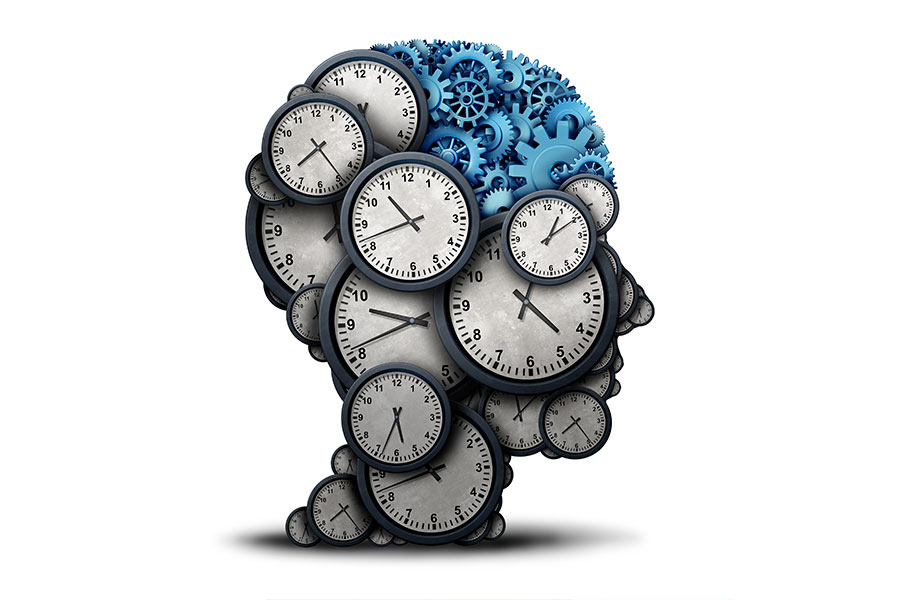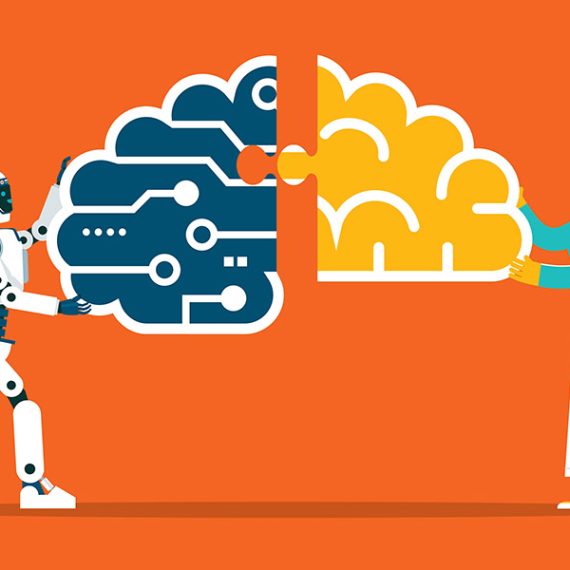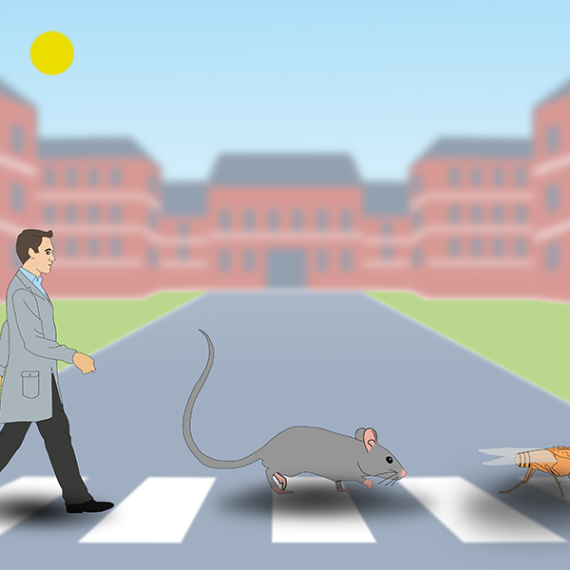The brain runs an internal simulation to keep track of time
Mental models recreate external events to track the passage of time.

Clocks, computers, and metronomes can keep time with exquisite precision. But even in the absence of an external time keeper, we can track time on our own. We know when minutes or hours have elapsed, and we can maintain a rhythm when we dance, sing, or play music. Now, neuroscientists at the National Autonomous University of Mexico and MIT’s McGovern Institute and have discovered one way the brain keeps a beat: It runs an internal simulation, mentally recreating the perception of an external rhythm and preparing an appropriately timed response.
The discovery, reported January 10, 2024, in the journal Science Advances, illustrates how animals can think about imaginary events and use an internal model to guide their interactions with the world. “It’s a real indication of mental states as an independent driver of behavior,” says neuroscientist Mehrdad Jazayeri, an investigator at the McGovern Institute and an associate professor of brain and cognitive sciences at MIT.
Predicting the future
Jazayeri teamed up with Victor de Lafuente, a neuroscientist at the National Autonomous University of Mexico, to investigate the brain’s time-keeping ability. De Lafuente, who led the study, says they were motivated by curiosity about how the brain makes predictions and prepares for future states of the world.
De Lafuente and his team used a visual metronome to teach monkeys a simple rhythm, showing them a circle that moved between two positions on a screen to set a steady tempo. Then the metronome stopped. After a variable and unpredictable pause, the monkeys were asked to indicate where the dot would be if the metronome had carried on.
Monkeys do well at this task, successfully keeping time after the metronome stops. After the waiting period, they are usually able to identify the expected position of the circle, which they communicate by reaching towards a touchscreen.
To find out how the animals were keeping track of the metronome’s rhythm, de Lafuente’s group monitored their brain activity. In several key brain regions, they found rhythmic patterns of activity that oscillated at the same frequency as the metronome. This occurred while the monkeys watched the metronome. More remarkably, it continued after the metronome had stopped.
“The animal is seeing things going and then things stop. What we find in the brain is the continuation of that process in the animal’s mind,” Jazayeri says. “An entire network is replicating what it was doing.”
That was true in the visual cortex, where clusters of neurons respond to stimuli in specific spots within the eyes’ field of view. One set of cells in the visual cortex fired when the metronome’s circle was on the left of the screen; another set fired when the dot was on the right. As a monkey followed the visual metronome, the researchers could see these cells’ activity alternating rhythmically, tracking the movement. When the metronome stopped, the back-and-forth neural activity continued, maintaining the rhythm. “Once the stimulus was no longer visible, they were seeing the stimulus within their minds,” de Lafuente says.
They found something similar in the brain’s motor cortex, where movements are prepared and executed. De Lafuente explains that the monkeys are motionless for most of their time-keeping task; only when they are asked to indicate where the metronome’s circle should be do they move a hand to touch the screen. But the motor cortex was engaged even before it was time to move. “Within their brains there is a signal that is switching from the left to the right,” he says. “So the monkeys are thinking ‘left, right, left, right’—even when they are not moving and the world is constant.”
While some scientists have proposed that the brain may have a central time-keeping mechanism, the team’s findings indicate that entire networks can be called on to track the passage of time. The monkeys’ model of the future was surprisingly explicit, de Lafuente says, representing specific sensory stimuli and plans for movement. “This offers a potential solution to mentally tracking the dynamics in the world, which is to basically think about them in terms of how they actually would have happened,” Jazayeri says.
Paper: "Keeping time and rhythm by internal simulation of sensory stimuli and behavioral actions"




